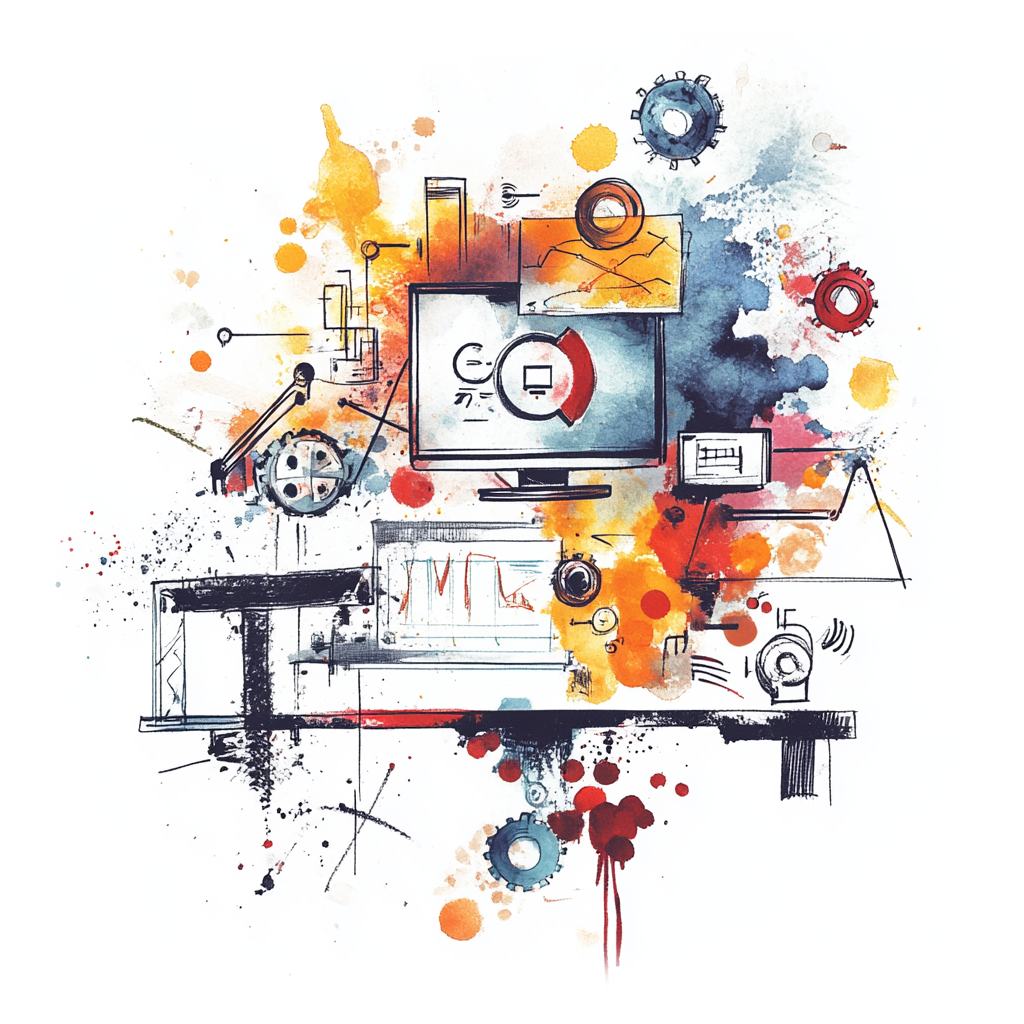Leveraging Self-Owned AI in Pollution Control
Learn how Pollution Control companies can leverage self-owned AI to enhance their operations and drive innovation.

Harnessing Your Own AI: A Game Changer for Upstream Pollution Control Operators
In the world of pollution control, upstream operators face unique challenges that require nimble, intelligent solutions. The stakes are high, and the need for efficient, accurate decision-making has never been more pressing. What if we told you that getting your hands on a powerful AI could revolutionize the way you handle environmental data, compliance, and risk management?
Let’s explore how your own AI can transform your operations in the pollution control sector, focusing on real-world applications that could make a significant impact on your business.
Real-World Use Cases
-
Predictive Analysis for Compliance
Imagine an AI that predicts when equipment failures might occur, allowing you to preemptively address compliance issues. Instead of reacting to fines or reporting requirements, your AI could analyze historical data and forecast when anomalies are likely to occur. This empowers you to take action before problems escalate. -
Optimizing Resource Allocation
Your AI could analyze the efficiency of operations in real-time. By assessing various parameters, it could recommend optimal resource allocation—be it manpower, equipment, or consumables. This way, you minimize waste and maximize output while adhering to environmental standards. -
Enhancing Reporting Efficiency
Reporting can be a huge time sink. Your AI could instantly gather data from various sources to generate reports tailored for regulatory bodies or internal stakeholders. By automating these tasks, you free up time for your team to focus on strategy and execution rather than paperwork. -
Risk Assessment
Upstream operations come with inherent risks, both environmental and financial. Leveraging your own AI allows you to assess these risks in real-time by analyzing multiple data streams—from leakage rates to weather conditions—helping you make informed decisions swiftly.
The Benefits of Your Own AI
So why go for a self-hosted AI instead of relying on a third-party solution? Here are some compelling benefits:
-
Security and Control: By hosting your AI in-house, you maintain complete control over your data. In an industry where sensitive information is paramount, this means you're not exposing your operations to any potential security breaches from external providers.
-
Customization: Your operation is unique. With your own AI, you can tailor it to fit your specific needs—be it language nuances, particular regulatory requirements, or in-house processes. The result? A solution that works just for you.
-
Cost-Effectiveness: While there’s an upfront investment in developing your AI, in the long run, it can reduce costs associated with manual processes, compliance fines, and inefficient resource usage.
-
Continuous Learning: The world of pollution control is constantly evolving. Your AI can continuously learn from new data, helping you adapt to changes more swiftly than a pre-packaged solution ever could.
Getting Started: Steps to Implement Your Own AI
-
Identify Your Needs
Take an honest look at your current pain points. What are the specific challenges your operations face? Gathering feedback from your team on the limitations of existing systems will give you a clearer picture. -
Data Collection
Your AI will need data to learn and grow. Start compiling your data from different sources—historical performance metrics, compliance reports, environmental monitoring results, etc. -
Choose the Right Team
A multidisciplinary approach is essential. Bring together not only your IT team but also experts from operations, legal, and environmental science to ensure the AI aligns with your business goals. -
Development and Training
Work with AI development professionals to create and train your system. This involves programming the AI to understand your industry language and nuances while continuously integrating new data for improved learning. -
Testing and Iteration
Don’t go live without rigorous testing. Simulate different scenarios to ensure your AI can handle real-life complexities. Gather feedback from users and iteratively improve the model. -
Deployment and Monitoring
Once you’re comfortable with your AI’s performance, it’s time to roll it out. Monitor its operations closely, adjusting as needed based on performance metrics you define.
In conclusion, envisioning the power of having your own AI isn’t just wishful thinking; it’s a strategic move that can put your pollution control operations ahead of the curve. By understanding your unique needs and effectively implementing an AI tailored for your environment, you position your organization not only for compliance but for excellence. It’s time to fully leverage technology in a way that transforms your operations into a model of efficiency, innovation, and responsibility. Ready to make the leap? Your future might just depend on it.
